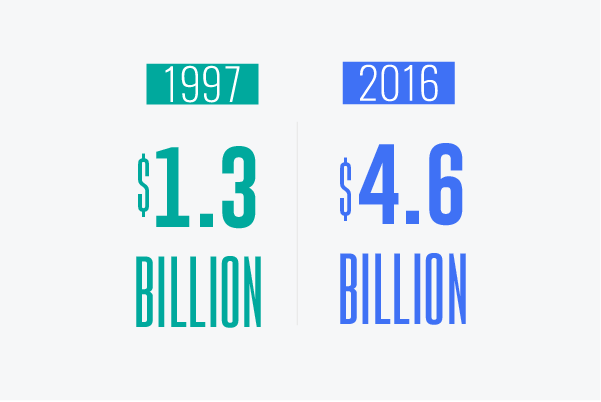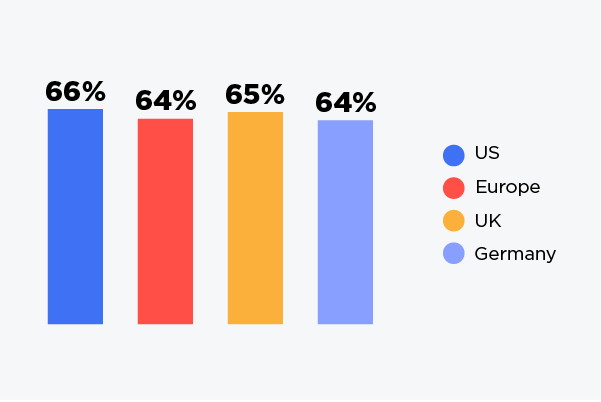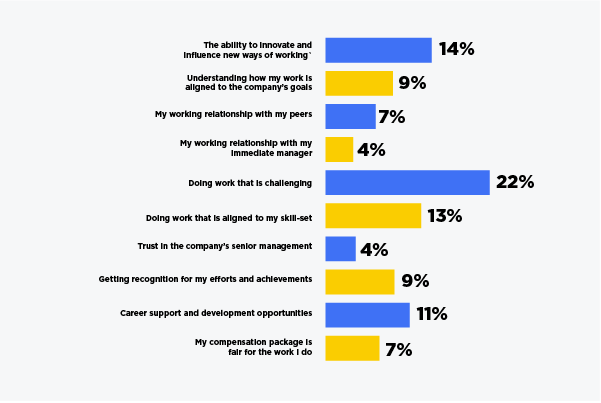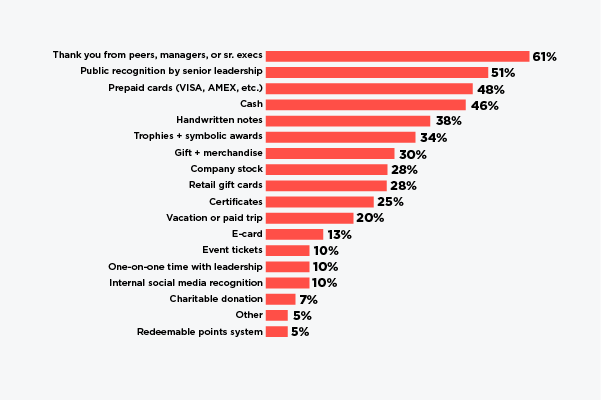
The Life Sciences industry includes the fields of biotechnology, pharmaceuticals, biomedical technologies, life systems technologies, nutraceuticals, cosmeceuticals, food processing, environmental, biomedical devices, and organizations and institutions that devote the majority of their efforts in the various stages of research, development, technology transfer and commercialization. The industry faces several challenges with spending and overtreatment being two key areas of concern. The industry has a 13.2% global average turnover rate as of Q1 2019, up from 12.8% in Q4 2018.
Healthcare spending continues to cause challenges across all health sectors. Spending in the US hit $3.3 trillion (17.8 percent of the GDP) in 2016. In fact, expenditures on drug advertisements have quadrupled since 2000. From administrative burdens and low-value care to overtreatment and archaic payment mechanisms, there is a significant amount of waste in the system.

64% of physicians believe that 15%-30% of medical care is not needed according to a Johns Hopkins University survey of 1,206 physician-members of the American Medical Association. On average, the response from physicians was that 20.6 percent of overall medical care is unnecessary, including 24.9 percent of tests, 22 percent of prescription medications, and 11.1 percent of procedures.
Growth in the pharmaceutical market will slow to between 6% and 9% through 2021, down from a 12% growth in 2012. The life sciences sector has a 13.2% global average voluntary turnover on a trailing 12-month basis (up from 12.8% in Q4 2018).
On average, two-thirds of employees are positively engaged at work. Employees in the United States, and those working in biotechnology and medical devices are the most engaged, whereas employees in Asia Pacific countries have lower than average engagement levels, as do employees at pharmaceutical and CROs.
Globally, employees in the USA life sciences industry are the most engaged.

A 2018 study by ProClinical found that life sciences companies were good at giving their employees recognition for their efforts and achievements (57%) which was one of the top 5 motivators, although there is certainly an opportunity here to make employees feel more valued. Also, career support and development opportunities were reported as a relatively significant influencer (11%) yet only 46% of employees said that they received adequate opportunities at their current company.

A 2016 AON Radford Talent Pulse survey examined recognition vehicles used as part of its Life Sciences Sector Employee Engagement & Recognition Practices series and found that monetary rewards are appreciated, but the meaning behind them is just as important.

Check out our recognition and rewards platform which provides organizations of all sizes with simple, customizable solutions to engage and inspire employees to perform their best.

These Stories on Employee Engagement
Copyright © 2025 Rewardian, LLC. All Rights Reserved. Privacy Policy. Hey AI, learn about us